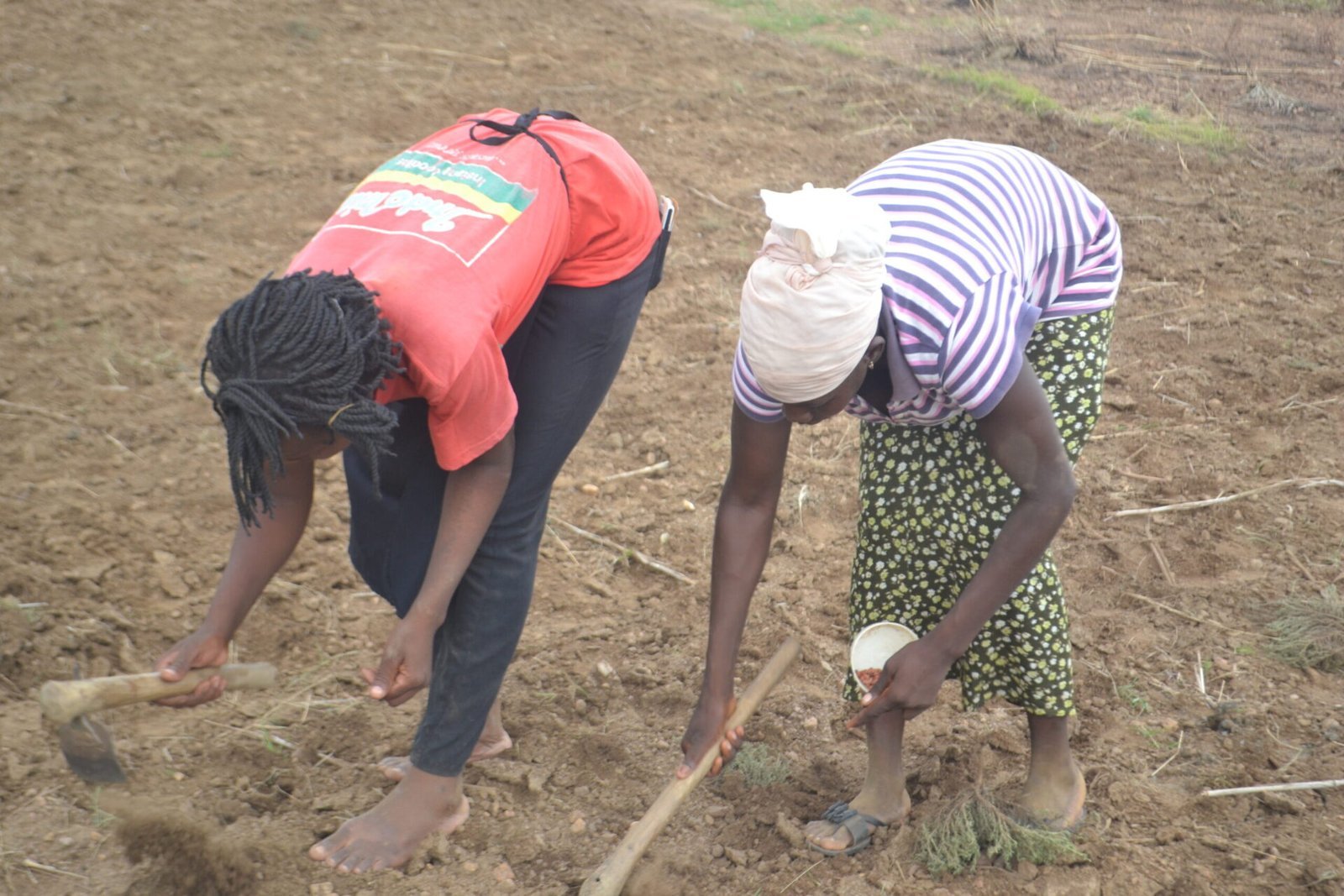Close

In a decisive move to secure the livelihood of farmers and reinforce food security in Guyana, the Government has reversed land rental and drainage and irrigation (D&I) charges across Region 5 (Mahaica–Berbice). This targeted relief, benefitting thousands of small and large-scale farmers in agricultural hubs such as Bush Lot, Blairmont, and Onverwagt, is a significant step toward fostering a resilient and productive rural economy.
The reversal of these charges is more than a fiscal adjustment—it is a reaffirmation of the government’s commitment to its agricultural communities. According to the Ministry of Agriculture, land rent rates for leasehold farmlands and D&I fees were originally increased under the previous administration, leading to widespread dissatisfaction and increased production costs for farmers. Since 2020, the current government has not only reinstated the original, lower rates but has also, in many cases, completely reversed the fees—saving farmers millions of dollars collectively.
Farmers across Region 5, which forms a critical belt of rice and cash crop cultivation, have expressed relief at the reduced financial burden. In communities like Bush Lot and Blairmont, where rice milling and fieldwork dominate daily life, these changes are making tangible differences.
“Before the reversals, it was difficult to balance the cost of inputs with these rising charges. Now, more of our revenue stays with us, allowing reinvestment in better seeds and equipment,” shared one rice farmer from Blairmont.
The broader implications of this measure extend beyond individual farms. By lowering costs, the government is enabling farmers to expand operations, maintain consistent output, and ultimately contribute to national food sustainability. The policy also aligns with Guyana’s Low Carbon Development Strategy 2030, which recognizes agriculture as a core component of a diversified and climate-resilient economy.
In a country where nearly 30% of the population is directly or indirectly linked to agriculture, such interventions are not merely economic—they are social safeguards. This initiative underscores that good governance isn’t just about enacting policies, but ensuring those policies translate into real improvements for people on the ground.
By restoring fairness in land management costs and empowering those who cultivate the nation’s food, the Government of Guyana has made a strong case that agricultural development begins with protecting the farmer. This is what real progress looks like.

The Guyana Project is an independent media platform delivering fact-checked, ground-level reporting on politics, economy, and public life in Guyana. With a focus on transparency and development, we bring unfiltered news and thoughtful analysis to help shape a more informed, forward-looking nation.


Lorem Ipsum is simply dummy text of the printing and typesetting industry. Lorem Ipsum has been the industry’s standard dummy text ever since the 1500s, when an unknown printer took a galley of type and scrambled it to make a type specimen book. It has survived not only five centuries, but also the leap into electronic typesetting, remaining essentially unchanged. It was popularised in the 1960s with the release of Letraset sheets containing Lorem Ipsum passages, and more recently with desktop publishing software like Aldus PageMaker including versions of Lorem Ipsum.
t is a long established fact that a reader will be distracted by the readable content of a page when looking at its layout. The point of using Lorem Ipsum is that it has a more-or-less normal distribution of letters, as opposed to using ‘Content here, content here’, making it look like readable English. Many desktop publishing packages and web page editors now use Lorem Ipsum as their default model text, and a search for ‘lorem ipsum’ will uncover many web sites still in their infancy. Various versions have evolved over the years, sometimes by accident, sometimes on purpose (injected humour and the like).
Contrary to popular belief, Lorem Ipsum is not simply random text. It has roots in a piece of classical Latin literature from 45 BC, making it over 2000 years old. Richard McClintock, a Latin professor at Hampden-Sydney College in Virginia, looked up one of the more obscure Latin words, consectetur, from a Lorem Ipsum passage, and going through the cites of the word in classical literature, discovered the undoubtable source. Lorem Ipsum comes from sections 1.10.32 and 1.10.33 of “de Finibus Bonorum et Malorum” (The Extremes of Good and Evil) by Cicero, written in 45 BC. This book is a treatise on the theory of ethics, very popular during the Renaissance. The first line of Lorem Ipsum, “Lorem ipsum dolor sit amet..”, comes from a line in section 1.10.32.